February 4, 2025 | 14:10 GMT +7
February 4, 2025 | 14:10 GMT +7
Hotline: 0913.378.918
February 4, 2025 | 14:10 GMT +7
Hotline: 0913.378.918

Deputy Minister Tran Thanh Nam concluded the forum on the morning of December 3 in Lang Son province. Photo: Bao Thang.
"Implementing the Vietnam-China joint statement, the two sides agreed to apply measures to promote more import and export of high-quality agricultural products and food of the two sides," Deputy Minister of Agriculture and Rural Development Tran Thanh Nam spoke at the Vietnam-China Agricultural, Forestry, and Fishery Import-Export Trade Connection Forum on the morning of December 3.
According to the Deputy Minister, the Vietnamese side has cooperated extensively and closely with many local governments in China, including Guangxi province. After signing a memorandum of understanding on agricultural cooperation in September 2023, the Ministry of Agriculture and Rural Development (MARD) and the Guangxi Provincial Government have achieved encouraging initial results. The two sides have truly become important partners to each other.
Import and export of agricultural, forestry, and fishery products between Vietnam and China grew steadily in 2023. In the first 11 months of 2024, the total turnover reached USD 16 billion, up 13.4% over the same period in 2022 and up 29% and 40% over the same period in 2020 and 2021, respectively.
The strong relationship is also shown in the fact that China has opened its market to many fruit products, products of animal origin (milk, bird's nest, farmed monkeys, crocodiles), and seafood. "The signing of the Protocols between MARD and the General Administration of Customs of China has created a boost for many types of goods, contributing to the stable and sustainable export of agricultural products," said the Deputy Minister.
China is Vietnam's largest trading partner and an important import-export market for agricultural, forestry, and fishery products. The total two-way trade turnover of Vietnam and China accounts for 1/4 of Vietnam's total import-export turnover with the world. On the contrary, Vietnam is one of China's major trading partners and China's largest partner in ASEAN.
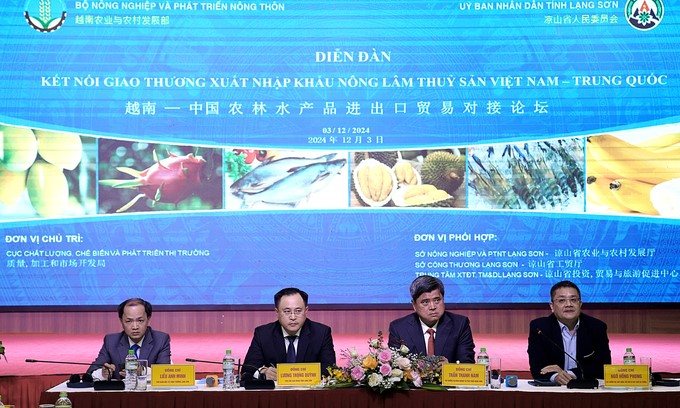
Deputy Minister Tran Thanh Nam and representatives of central agencies answered questions at the forum. Photo: Bao Thang.
However, in the new context, many difficulties and challenges have emerged and need to be discussed and resolved, such as unpredictable fluctuations in political factors, armed conflicts, climate change, the demand reduction trend in the world, technical regulations and import-export procedures that are increasingly strict, and competition between countries in the region.
In addition, the requirements for product standardization and production processes and Chinese consumer requirements are increasingly high. Some potential products have not been officially exported to the Chinese market, such as grapefruit, avocado, custard apple, star apple, and medicinal herbs. Market information and customs clearance have not been conveyed in a timely manner; production connections with traders and export processing enterprises have not been strictly organized.
Faced with this situation, the leader of MARD requested units under MARD to coordinate with relevant parties to continue negotiating, opening up and resolving obstacles, and maintaining market development. At the same time, add more growing and farming areas and businesses allowed to export to the Chinese market; proactively respond and remove obstacles; maintain and develop export markets.
Continue to disseminate, guide, and answer questions so that businesses can implement and meet regulations on exporting agricultural products and food to China; promptly grasp and disseminate new regulations on import and export, as well as the needs and consumer trends of people in the importing country.
"We need to focus on reorganizing the production chain according to specific industries associated with specialized farming areas linked with export processing businesses to build standard raw material areas," Deputy Minister Tran Thanh Nam emphasized.
The Deputy Minister also called on management agencies, professional agencies, and businesses to ensure the issuance of planting and farming area codes for export and ensure transparent information with growing areas, farming areas, and packaging facilities according to seasons.
Product quality and production processes must be standardized. On that basis, the business community will promote and effectively use resources in brand construction, trade promotion, and promotion of agricultural, forestry, and fishery products.
In 2025 and the coming years, the Deputy Minister requests units under MARD to continue to pay attention to developing the Chinese market in a sustainable and quality direction.
In addition to maintaining trade, the parties need to consider connecting and promoting exports to the Southern market areas through land borders, as well as researching access to distribution channels in the market of the Northern provinces of China.
"Domestic businesses should expand linkage with Chinese businesses to participate in the cross-border e-commerce model to provide products and services to final consumers," expressed the Deputy Minister.
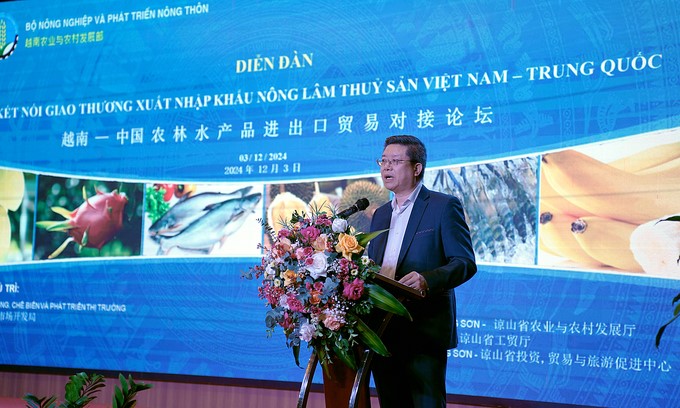
Mr. Le Thanh Hoa: The Fruit Festival in Beijing has created a great reputation. Photo: Bao Thang.
Recently, MARD coordinated with the Ministry of Industry and Trade to organize the Fruit Festival in Beijing. Mr. Le Thanh Hoa, Deputy Director of the Department of Quality, Processing and Market Development and Director of the SPS Vietnam Office, acknowledged that this activity really created a great reputation, attracting the attention of a large number of people in Northern China.
From this practical activity, Mr. Hoa realized that there are five points that can be focused on exploiting and investing to develop agricultural trade between the two sides. Those are using smart border gates; promoting more potential products of the two countries; cooperating in infrastructure and logistics investment; building agricultural product supply chains; and building cross-border e-commerce.
"Smart border gates can be on both roads, seas, and railways. At all costs, we need to facilitate import and export procedures for agricultural, forestry, and fishery goods and immigration and quarantine procedures across the border," Mr. Hoa said.

Agricultural specialties of Lang Son and neighboring localities are displayed within the framework of the forum. Photo: Bao Thang.
Based on these, Deputy Director Le Thanh Hoa believes that promoting e-commerce through online distribution channels will be an important measure to help boost the consumption of agricultural products.
In addition, he hopes that businesses and industry associations will join hands and put efforts into developing the processing industry to increase the value of processed agricultural products and diversify agricultural products. In the immediate future, focus on developing a system for storing and preserving agricultural products.
Mr. Hoang Khanh Duy, Deputy Head of the Management Board of the Dong Dang-Lang Son Border Gate Economic Zone, admitted that the transport infrastructure, warehouses, and yards in the area have not met the increasing demand for imports and exports, especially in peak times, when fruits and agricultural products of Vietnam and ASEAN countries (Thailand) are in harvest.
Currently, the coordination of goods imported and exported through border gates, specialized roads, and customs clearance routes still depends on the choice of businesses. Meanwhile, export businesses are mainly small ones, so they sometimes do not comply with regulations and product quality standards.
"Fresh fruit products exported to China must be inspected at a rate of 100%. The quarantine period on the Chinese side is long, greatly affecting the efficiency of customs clearance of goods and incurring additional costs for businesses," Mr. Duy shared.
Translated by Thu Huyen
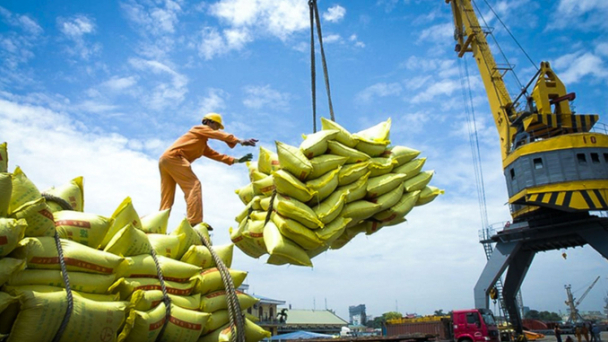
(VAN) Vietnam exported nearly 270,000 tons of rice, valued at 165 million USD, during the first half of Jan 2025, a 23% increase from the previous year.
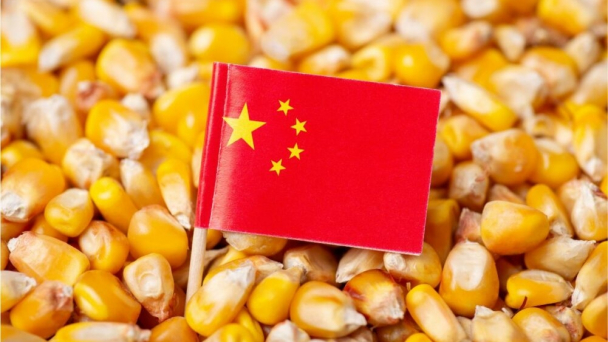
(VAN) China, which is the world’s largest wheat and rice producer, is expected to slightly increase its rice output in 2024-25 to 145.3 million tonnes.
/2025/01/26/4719-1-144124_461.jpg)
(VAN) Thanks to stable production, cinnamon exports in 2024 grew in both volume and turnover, bringing the country hundreds of millions of dollars.
/2025/01/26/1601-1-141127_754.jpg)
(VAN) Cambodia is currently one of the countries with the largest output of cashew nuts in the world, with 90% of raw cashew nut output sold to Vietnam.
/2025/01/25/4248-11-082729_294.jpg)
(VAN) Rice exports to the Philippines grow strongly in 2024 and account for the majority of Vietnam's export surplus to this market.
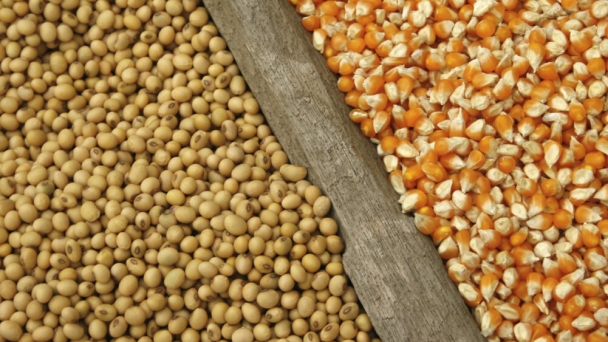
(VAN) Bringing the bulls to market was the USDA’s downward revision of 2024-25 forecasts for US corn and soybean carryover, production and yields.
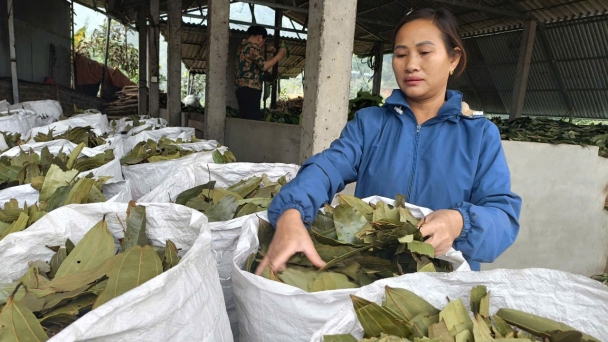
(VAN) A cooperative has processed cinnamon leaves for export to India, creating regular employment for dozens of workers who have a stable income from this byproduct.